9 ways to make better techno
Techno embodies the futuristic fusion of man and machine. Get the groove with these nine techniques

Techno town
Late-1980s Detroit was a rather depressing place: a post-industrial city stricken with crime, unemployment and poverty. Seeking escapism from this decaying backdrop, three high school teenagers - Juan Atkins, Derrick May and Kevin Saunderson - experimented with newly affordable music-making machines, fusing funk, synthpop and Chicago house with sci-fi fiction and dystopian themes to craft their own vision of futuristic music: techno.
The genre made its way across the pond, greeted with open arms by UK and European dance music fans - particularly in Berlin - and has since branched out into the multiple subgenres of techno we see today: acid, minimal, industrial, funky and countless others.
Techno is a club-oriented, percussive, 4/4 genre that makes full use of repetition, minimalism and the latest audio technology - characteristics that can benefit any music-maker. Here, we'll explore nine techno production tips and techniques.
To watch videos that bring all of these tips to life, get hold of Computer Music 216, which is on sale now.
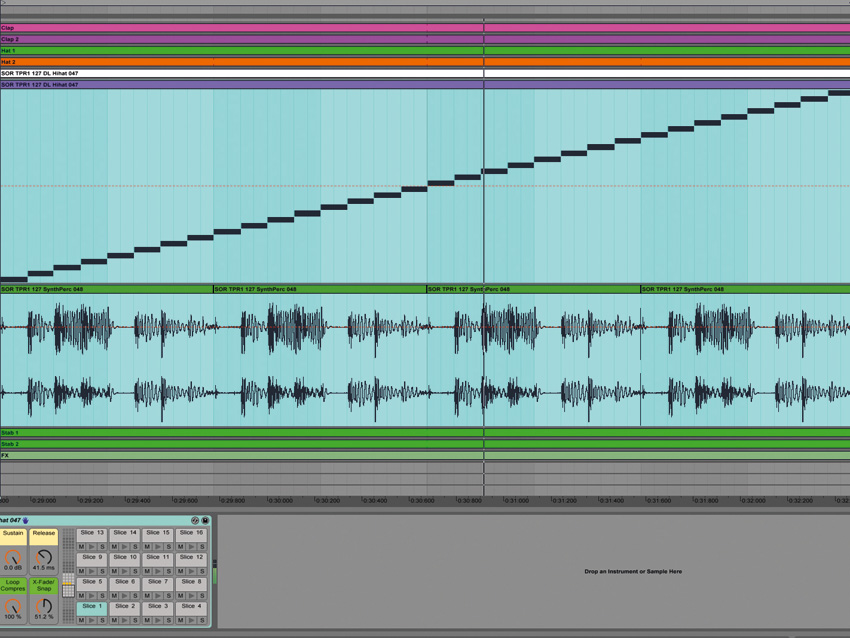
Techno percussion
Techno styles and subgenres typically follow house music’s rhythmic blueprint: a repetitive 4/4 kick drum underpins the groove, a clap or snare sits on beats 2 and 4 of the bar, and an open hi-hat sits on the offbeat. What often differentiates techno from house is its use of more intricate percussion grooves combined with an emphasis upon hypnotic repetition.
If you’re creating a percussive, rolling style of techno, try carefully combining shorter portions of rhythmic loops to build up an overall ‘wall-of-sound’. Keep an ear out for messy timing conflicts among your various loops - you may need to slice your grooves up and replay their individual slices from a sampler, then correct the hits’ timing in MIDI, or chop them up and rearrange the clip on an audio track.
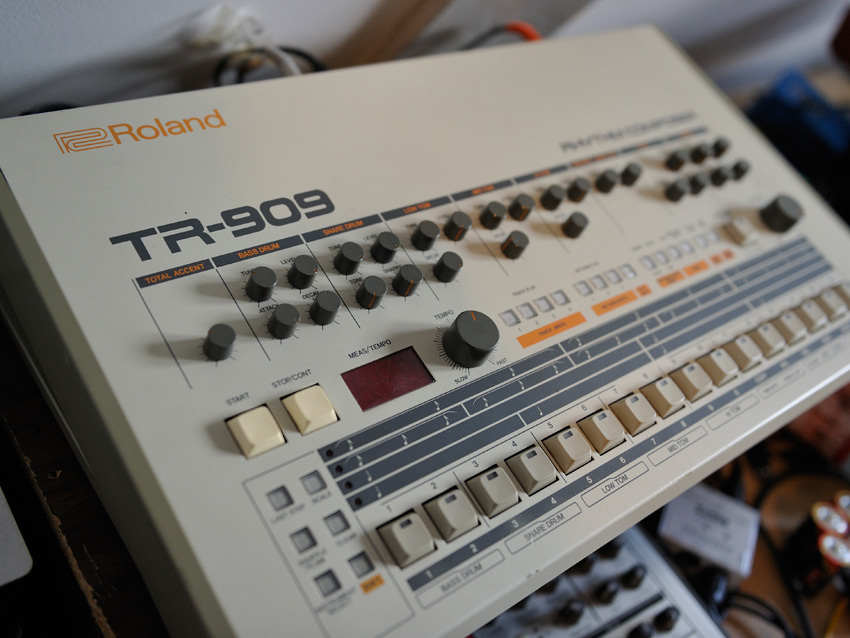
Sourcing and processing techno kicks
The 4/4 kick is the backbone of almost all techno and tech-house styles, so can be considered the most important element to get right.
Electronic drum sounds from the Roland TR series drum machines are synonymous with the genre, so if you’re seeking true authenticity, grab a kick sampled from these units or from an plugin emulation. Clean kicks can be dirtied up with distortion or saturation for a more aggressive tone.
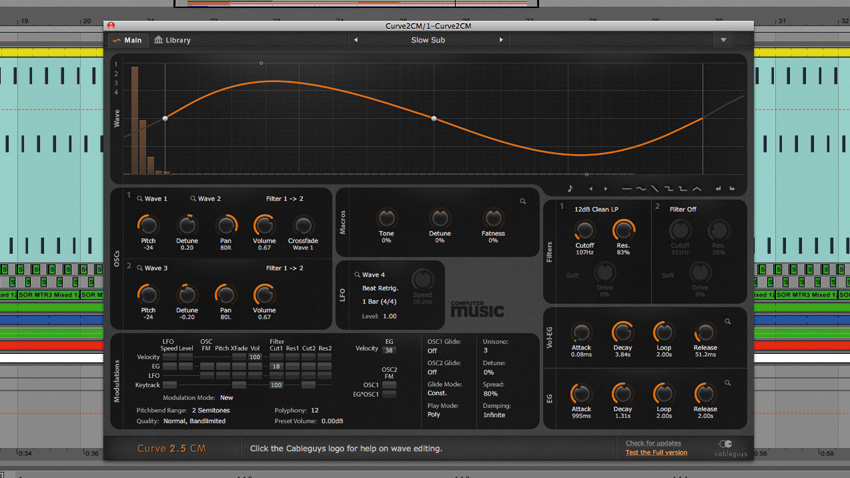
Authentic techno bass
The variety and scope of techno means there are no hard and fast rules for making your bass, as long as your low frequency elements all work together. Here are three ways to create authentic techno/tech-house low end.
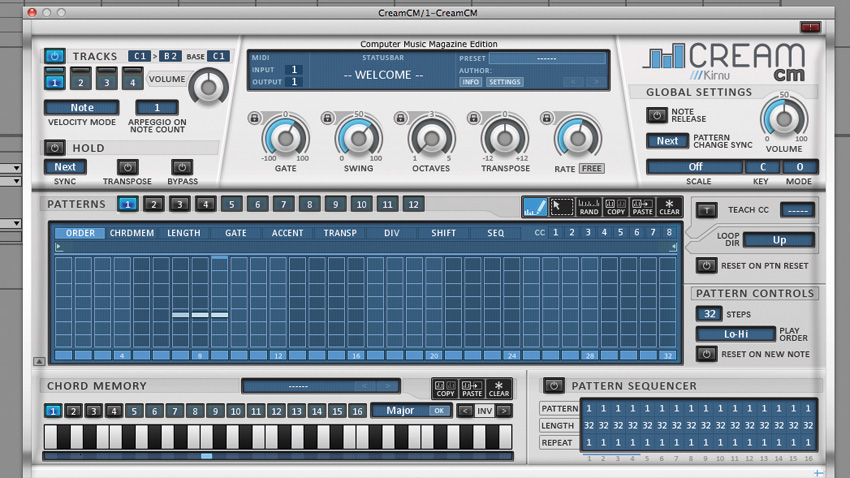
Step 1: Kick sounds and odd low-frequency elements make ideal starting points for techno bass. Here, Cream CM is sequencing a swinging 16th-note pattern, used to trigger short, clicking sub bass notes from XILS 3 CM. This sidechained bass only serves as a pulsing, percussive rhythm to sit between each kick, rather than having an obvious melodic tone.

Step 2: In this second example, we’ve started with a weighty bass from Curve 2.5 CM, then programmed a looping, beat-long riff that dances around our kick. This bass riff has more of a discernible melodic tone, but isn’t strictly in key with the other parts - this gives the track a discordant, distinctly techno-esque vibe.
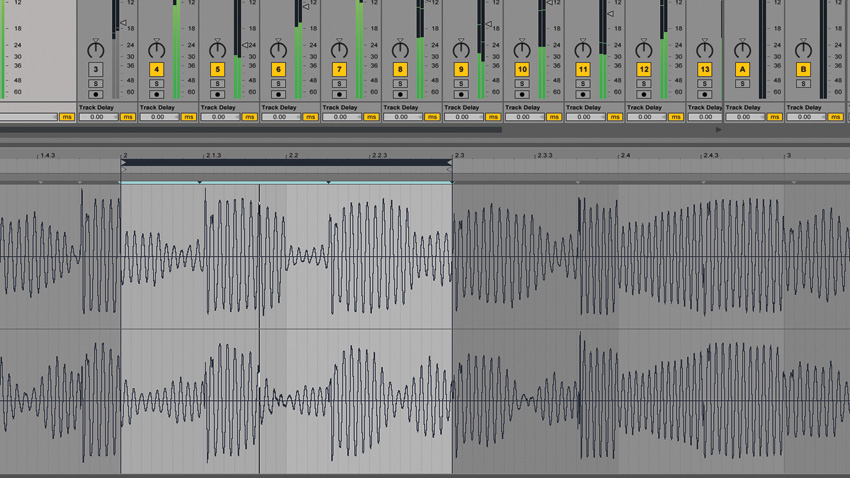
Step 3: Finally, we’ve taken the easy route to a pounding techno bass in our third example: after sourcing a suitable bass loop, we’re repeating a simple two-beat section to give us a simple-but-effective low-end element that works in tandem with the kick.
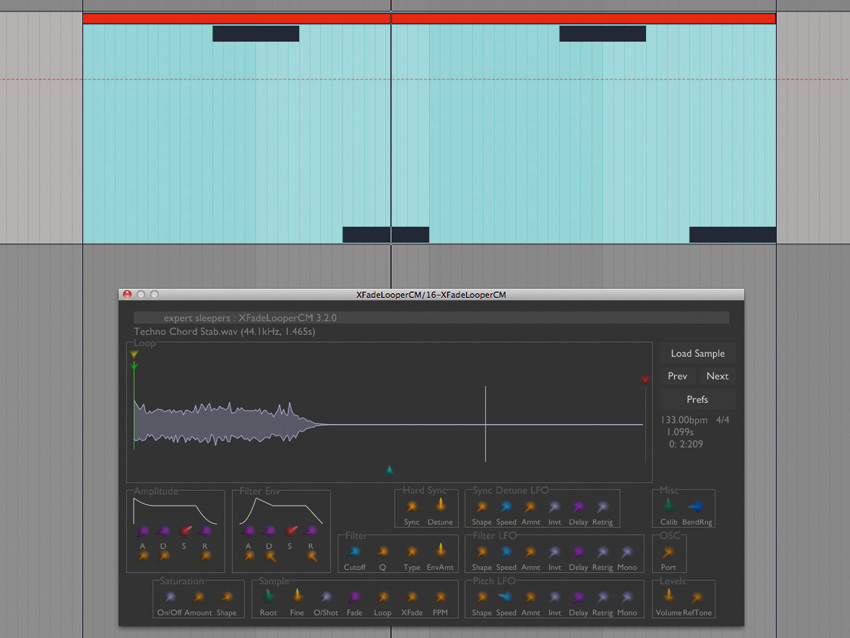
Hypnotic chord stabs
Complex riffs, melodies and chord progressions aren’t usually associated with the repetitive, minimalist movement of techno. Instead, producers tend to make use of simple minor chord hits, sampled jazz chords and dark, industrial-style stabs akin to the sounds heard in rave and hardcore.
Try programming a simple chord stab, exporting it as audio, then replaying the chord chromatically within a sampler, achieving a gritty, ‘sampled’ feel when the chord is transposed. You don’t need to use traditional tonal sounds as stabs, either - try odd vocal chops, breaths or segments of field recordings to add weirdness and individuality among a techno groove.
It can help to have a bank of ‘ready-made’ chord and stab samples, making life easy when you want to quickly capture that techno vibe.
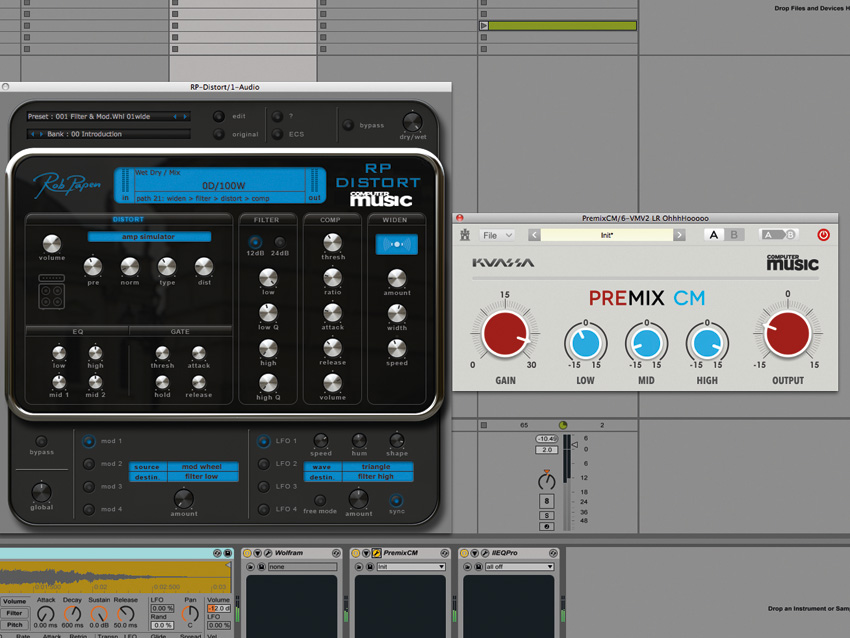
Getting an aggressive tone with distortion
Techno is often stylistically aggressive, making use of obvious distortion and saturation application throughout various track elements. Try overdriving vocals, beats and effects to achieve a truly in-your-face techno tone.
In our example, we’re using RP-Distort CM and PreMix CM to add grunge and grit to different sounds throughout a track.
Mix without distortion
Mix with distortion
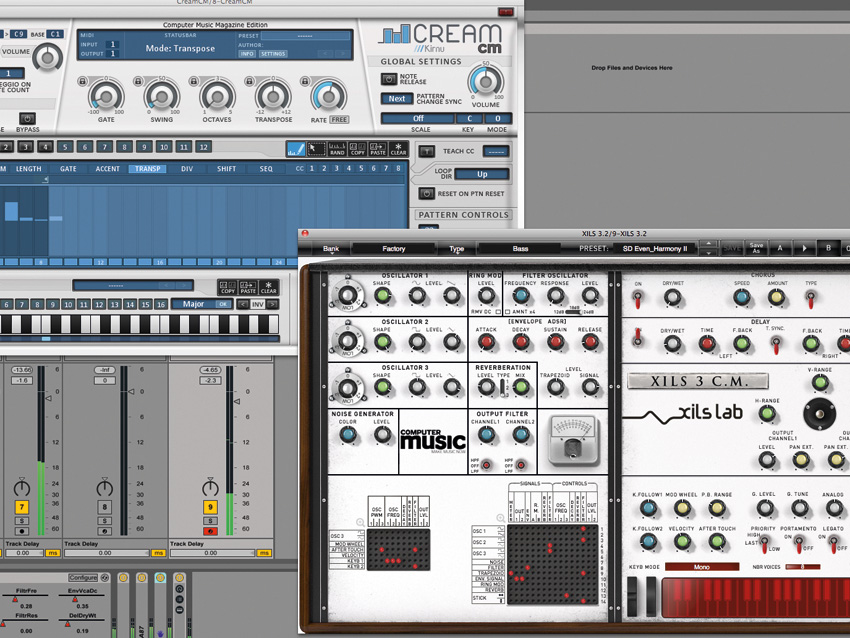
Evolving sequences using Cream CM
Techno’s simplistic evolving riffs and synth lines often came from analogue step sequencers. Here’s how to emulate the effect.
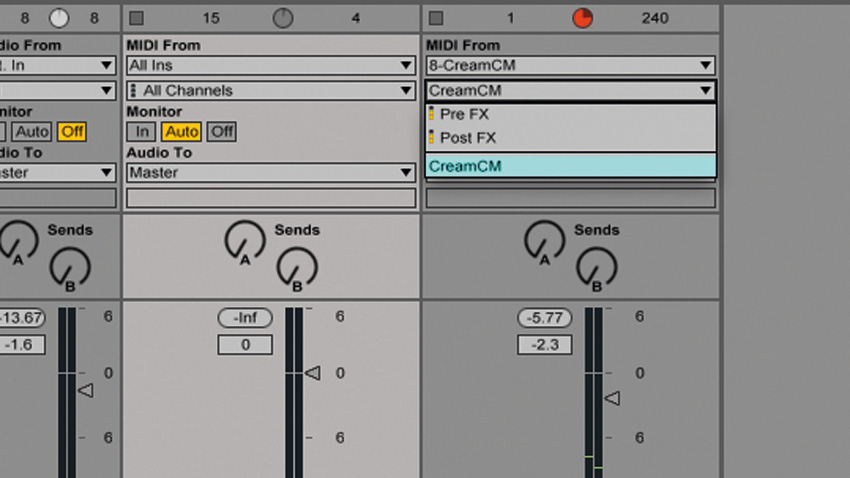
Step 1: It’s easy to program simple riffs and patterns directly in your piano roll, but a dedicated sequencer encourages improvisation and creativity in different ways. Begin with a new instance of Cream CM, available with every issue of Computer Music magazine, then hook its MIDI output up to a synth plugin’s MIDI input.
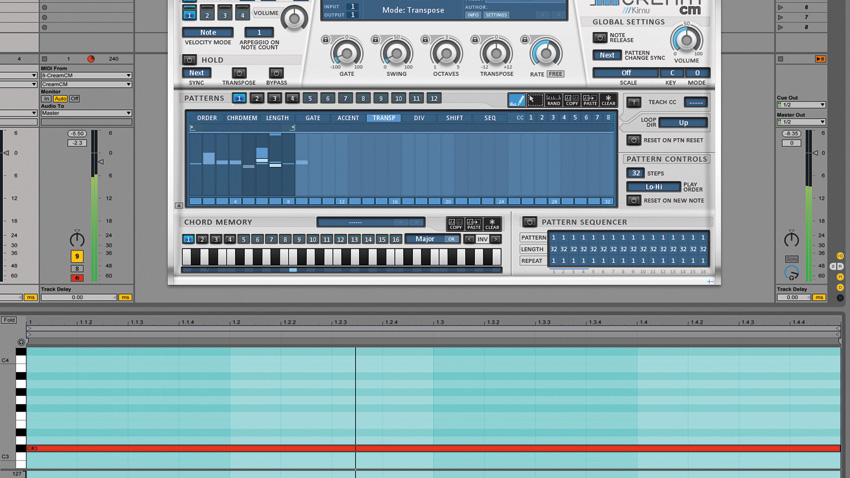
Step 2: Program a bar-long MIDI note on Cream CM’s track, and the plugin divides it into a stream of 16th-notes. Adjust the plugin’s top-centre dials to customise the notes and timing of the pattern. Draw in changes throughout the Transpose section to program a basic two-beat or bar-long riff.

Step 3: Once you’re happy, head over to your synth plugin and adjust parameters to taste. This approach often works best with interesting and evolving synth sounds, so try clever modulation and parameter automation. We’re using the analogue-modelled XILS 3 CM to get this done.

Background textures and noise
The genre’s futuristic, dystopian outlook gives plenty of scope to experiment with atonal textures and non-musical sounds.
Samples of vinyl crackle and tape hiss can add analogue flavour and perceived warmth when layered behind a basic groove; interesting field recordings can be sidechained against your kick, providing a breathing, pumping bed of sound that can be low- or high-passed over time, helping a track subtly progress.
Recorded knocks, scrapes, rustles and other mechanical sounds can easily become a piece of percussion or effect.

Filtered edits and build-ups
The techno aesthetic tends to reject epic ‘hands-in-the-air’ breakdowns and traditional musical arrangements popular in more commercial styles of dance. Subtle changes throughout your core groove can instead be achieved through clever filtering and automation over time.
Begin by creating an 8- or 16-bar loop that contains all of your groove’s elements (ie, the core ‘drop’ section of the track), then duplicate the parts across several minutes of the project. Now filter your drums and bass, automate synth parameters and build up FX layers to create breakdowns, build-ups and drop sections.

Play live
Techno artists have always taken their studio equipment out and performed live - Richie Hawtin, Dense & Pika and Surgeon are just a few current acts that are well-respected for their live abilities.
Whether you’ve got a stage full of analogue gear or a laptop running Ableton Live, techno’s groove-based, simplistic structures make it ideal for live performance - and getting started is a lot easier than you might think.
A live techno performance

Computer Music magazine is the world’s best selling publication dedicated solely to making great music with your Mac or PC computer. Each issue it brings its lucky readers the best in cutting-edge tutorials, need-to-know, expert software reviews and even all the tools you actually need to make great music today, courtesy of our legendary CM Plugin Suite.